By Glynn Wilson –
WASHINGTON, D.C. — So you’re a patriotic American or an international admirer of the United States and you’ve always wanted to visit the nation’s capital city? The Neo-classical architecture? All the buildings, memorials and other sites related to the United States federal government? All the Smithsonian museums?
Maybe you’ve hesitated, thinking it may be too expensive? Think again.
Thanks to the philosophy of the Department of the Interior and the National Park Service that average income folks should have access to these wonders, you don’t have to pay $300 a night for a hotel room when you can camp out within an easy commute to the National Mall, the White House and the U.S. Capitol in Greenbelt National Park for only $20 a night. All you need is a tent or an RV and you can explore Washington’s national park sites, monuments and Smithsonian museums very inexpensively.
And thanks to the New American Journal philosophy of publishing news and information on the web with no paywall, you can read all about it here for free!
According to numbers compiled by the National Park Service, Greenbelt Park, an urban oasis, is visited by 141,856 people each year. This includes local day use visitors in the three picnic areas, hikers on the 9 miles of trails, as well as overnight campers in the 4-loop, 174 site campground.
Facebook Links:
Friends of Greenbelt National Park
Getting Downtown
Campers have options on how to get downtown, just 12-13 miles away. Many drive to the nearby Greenbelt Metro Station and park for $5.20 all day, $2 on Saturdays and free on Sundays. Since you can take a bike on the train, many ride the 1.4 miles down the Metro Access Trail from the D-loop in the campground to the College Park Metro Station. It’s also a pretty easy walk, but don’t forget to bring a flashlight if you come back after dark. Of course you can also take a bus, call a cab or Uber.
Recommended Sites
To assist you in your exploration, here’s a list of some of the top sites to see, and some recommendations for a few lesser known sites. We begin with the three most important sites that represent the three branches of government in the United States democratic republic, the executive, legislative and judicial branches.
White House
At the top of the list for many visitors is to see the White House, where the president is supposed to lead the executive branch. According the official numbers, it received 439,725 visitors in 2017. To get an inside tour you have to contact a member of Congress and make arrangements, which can take some time, so you will want to plan far in advance. It took me four years to arrange a tour.
Of course anyone can walk around and look at the White House from the street or Lafayette Square Park and visit the White House Visitors Center across the street. There’s also a private store across the street at 15th Street and New York Avenue, North West called White House Gifts. They claim no official financial connection to the White House or the President.
Everyone also wants to see the Washington Monument, the 555-foot marble obelisk built between 1848 and 1884 to honor George Washington, the first president of the United States. Officially it received zero visitors in 2017 since it is currently closed due to construction as the elevator is being modernized.

A night shot of the Washington Monument and the Reflecting Pool on the National Mall in Washington, D.C.: Glynn Wilson
Of course everyone who visits the city gets to see it, as it towers over D.C. and stands in the middle of the National Mall between the U.S. Capitol on the East and the Lincoln Memorial on the west near the Potomac River. The view at night from the Lincoln Memorial steps is a popular thing to see.
U.S. Capitol
According to figures compiled by the Architect of the Capitol, about 5 million people visit the Capitol each year. It is not managed by the National Park Service, but anyone can visit the United States Capitol building, the home of the legislative branch of the federal government here. You have to enter through the Capitol Visitor’s Center on the East Plaza and stand in line for a tour. You may want to watch this short video before you visit.
Supreme Court of the United States
Then of course there is the U.S. Supreme Court, the top body in the judicial branch of the federal government. It was established in Article III, Section 1 of the Constitution with these words.
“The judicial Power of the United States, shall be vested in one Supreme Court, and in such inferior Courts as the Congress may from time to time ordain and establish.”
The Supreme Court Building, majestic in size and rich in ornamentation, serves as both home to the nation’s highest Court and the manifest symbol of its importance as a coequal, independent branch of government. The Supreme Court Building is open to the public Monday-Friday from 9 a.m. to 4:30 p.m. It is closed on weekends and all federal holidays.
In addition to the Courtroom, portions of the first and ground floors of the Supreme Court Building are open to the public. Visitors should be aware that the business of the Court may from time to time affect public access to the building or alter offered programming.
Lincoln Memorial
On the other end of the Mall from the Capitol is the Lincoln Memorial, which makes the top 10 list of visitation for all national parks, sites and monuments each year with more than 7.9 million visitors in 2017 (7,956,117). It is fifth on the list behind only the Blue Ridge Parkway with more than 16 million, Golden Gate National Recreation Area in San Francisco with over 14 million, the Great Smoky Mountains National Park in Tennessee with more than 11 million, and Gateway National Recreation Area in Missouri with just over 9 million. The Grand Canyon in Arizona is number 9 on the list with over 6 million visitors, but another Washington monument comes in at number 10, the Vietnam Veterans Memorial.
Of related interest to the Lincoln Memorial is Ford’s Theatre National Historic Site, which received 744,266 visitors in 2017. Here in the place where President Abraham Lincoln was shot and assassinated, the public can learn about Lincoln’s life in Washington and the struggle for a united country, along with the motivation behind Lincoln’s assassination. The National Park Service and the Ford’s Theatre Society present a variety of programs year round. Across the street is The Petersen House, where Lincoln died.
Vietnam Veterans Memorial
The Vietnam Veterans Memorial was visited by more than 5 million people in 2017: (5,072,589). Honoring the men and women who served in the controversial Vietnam War, the memorial wall chronologically lists the names of more than 58,000 Americans who gave their lives in service to their country. For many seeing this memorial for the first time is an emotional experience.
Jefferson Memorial
Not far behind, the Jefferson Memorial was visited by more than 3.3 million people in 2017: (3,366,571 ). Of course this memorial honors the author of the Declaration of Independence, the Virginia Statute on Religious Freedom and the founder of the University of Virginia.
Of course the best time to catch the view here is in the spring when the Tidal Basin cherry blossoms bloom: Washington Cherry Blossoms in Full Bloom Framing the Jefferson Memorial.
April Walking Tour of Washington D.C.
If you are a fan of Thomas Jefferson, you may also want to visit the Library of Congress, which houses and displays Thomas Jefferson’s library of books. Also check out his home in Monticello, Virginia — an easy day trip from D.C. or Greenbelt. It’s managed by a private foundation, not the National Park Service, but well worth the visit.
See the coverage from my visit in 2014 here: The Jefferson Memorial and Legacy at Monticello.
Watch this short video on Jefferson’s legacy here with tour guide Bob Hughes.
Political freedom, religious freedom and intellectual freedom,” Hughes concluded, “pretty much sum up Thomas Jefferson.”
Of course if you are traveling and camping in the D.C. area, you might also consider visiting another nearby national park with campgrounds in Virginia.
Shenandoah National Park

A view of the mountains from the Appalachian Trail by the Big Meadows Campground in Shenandoah National Park: Glynn Wilson
With more than 1.4 million visitors in 2017 (1,458,874), Shenandoah National Park is just 75 miles from Washington. It’s one of America’s great national parks and a place to escape the bustle of the city for recreation and “re-creation” where you can meander along and see spectacular vistas from the many overlooks of Skyline Drive or take a hike and see cascading waterfalls and take a break in a quiet wooded hollow. In this 200,000 acres of protected lands and a haven to black bear, white-tailed deer and many species of songbirds, it is a great place to picnic with the family and one of the few places left in the country where you can see the night sky unobstructed by city light pollution.
Read about some of my experiences here: Escape the City, Summer Heat and Bad News: Visit Shenandoah.
National Capital Region
Again according to numbers compiled by the National Park Service, a federal agency under the Department of the Interior, the National Capital Region received more than 57 million visitors in 2017 alone: (57,886,443).
Martin Luther King, Jr. Memorial
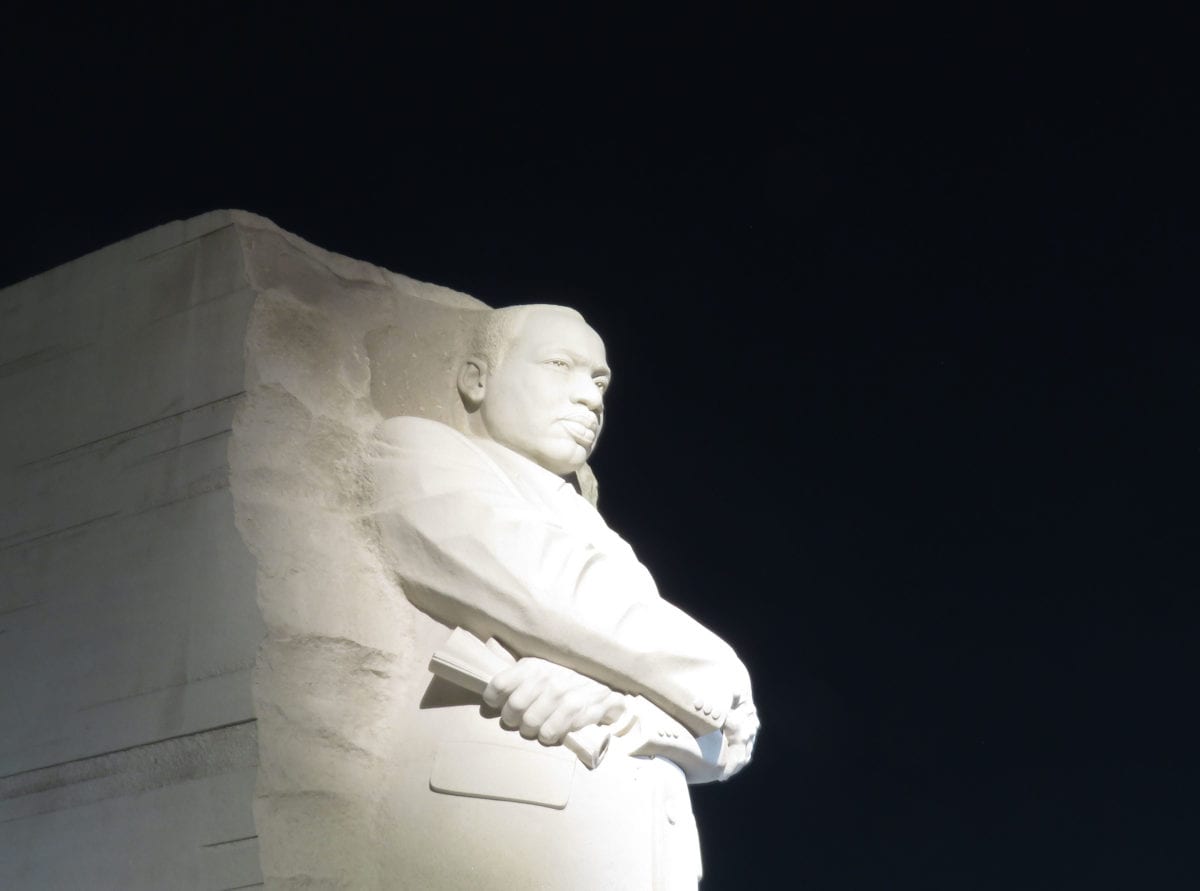
A night view of the Martin Luther King Jr. Memorial on the National Mall in Washington, D.C.: Glynn Wilson
One of the newer and now most visited memorials is the Martin Luther King, Jr. Memorial, which received more than 3 million visitors in 2017: (3,651,093). The memorial honors the Rev. Martin Luther King, Jr.’s legacy and the struggle for freedom, equality and justice.
Franklin Delano Roosevelt Memorial
Next on any visitor’s list is the Franklin Delano Roosevelt Memorial, which received more than 3 million visitors in 2017: (3,507,402). It honors one of the most beloved and influential U.S. presidents who helped save the U.S. from the Great Depression and led the country into World War II against the Nazis in Germany and the Imperialists in Japan. In many ways he defined what it is to be an American with the words: “Freedom of Speech, Freedom of Worship, Freedom from Want and Freedom from Fear.”
World War II Memorial
Through stone architecture and bronze sculptures, the World War II Memorial received more than 4.8 million visitors in 2017: (4,876,842). It recognizes the ways Americans served, honors those who fell, and recognizes the victory they achieved to restore freedom and end tyranny around the globe. Former NBC anchor man Tom Brokaw called the World War II generation the “greatest generation” in his book of the same name. The Greatest Generation.
Korean War Veterans Memorial
Another popular war memorial to visit is the Korean War Veterans Memorial, which received more than 4.1 million visitors in 2017: (4,155,947). It honors those who fought and died in our “police action” in Korea, saying “our nation honors her sons and daughters who answered the call to defend a country they never knew and a people they never met.”
There are many other fascinating places to go and great things to see, but we can’t profile them all.
Additional Sites
For example, check out the Lyndon Baines Johnson Memorial Grove, which is visited by 277,403 people each year. Billed as a “Presidential Retreat,” it is said President Johnson came often when he needed to escape from the stresses of building the “Great Society.” After he died, his wife chose this place for his memorial. A landscape of serpentine paths, white pines, a granite monolith, and an open meadow honors his legacy of social justice and conservation legislation.
It is also a great place to watch the Fourth of July Independence Day fireworks.
Independence Day Fireworks From Washington, D.C.
Theodore Roosevelt Island is visited by about 168,195 people each year. It’s a living memorial to America’s 26th president. Architects conceived a “real forest” designed to mimic the natural forest that once covered the island. Today miles of trails through wooded uplands and swampy bottomlands honor the legacy of a great outdoorsman and conservationist.
Also check out the Frederick Douglass National Historic Site. Frederick Douglass spent his life fighting for justice and equality. Born into slavery in 1818, he escaped as a young man and became a leading voice in the abolitionist movement. People everywhere still find inspiration today in his tireless struggle, brilliant words, and inclusive vision of humanity. Douglass’s legacy is preserved at Cedar Hill, where he lived his last 17 years. It is visited by about 76,569 each year.
Civil War Sites
The Antietam National Battlefield is the scene of “the bloodiest day in American History,” according to the NPS, where 23,000 soldiers were killed, wounded or missing after 12 hours of savage combat on September 17, 1862. The Battle of Antietam ended the Confederate Army of Northern Virginia’s first invasion into the North and led Abraham Lincoln to issue the preliminary Emancipation Proclamation. It is visited by about 366,508 people each year.
Also related to the Civil War, the Arlington House and Robert E. Lee Memorial is visited by about 726,059 people each year.
Other War Sites
While Arlington National Cemetery is administered by the U.S. Army and not the National Park Service, it is one of the “must see” places in the D.C. metro area.
Also, built to defend the river approach to Washington, DC, Fort Washington has stood as silent sentry for over 200 years. Fort Washington Park is visited by roughly 317,470 people each year.
Day Trips
Then there is Harpers Ferry National Historic Park, a quaint, historic community at the confluence of the Potomac and Shenandoah rivers, where a visit is like stepping into the past. Stroll the picturesque streets, visit exhibits and museums, or hike the trails and battlefields. It is visited by 342,535 people each year.
There’s also the Manassas National Battlefield Park, with 605,577 visitors each year. On July 21, 1861, two armies clashed for the first time on the fields overlooking Bull Run. Heavy fighting swept away any notion of a quick war. In August 1862, Union and Confederate armies converged for a second time on the plains of Manassas. The Confederates won a solid victory bringing them to the height of their power, testing Northern resolve.
Revolutionary War Sites
If your interest in history is more about the American Revolution than the Civil War, it’s a pretty easy day trip to the Yorktown Battlefield, part of Colonial National Historical Park at Jamestown. Discover what it took for the United States to be independent as you explore the site of the last major battle of the Revolutionary War. At Yorktown, in the fall of 1781, General George Washington, with allied American and French forces, besieged General Charles Lord Cornwallis’s British army. On October 19, Cornwallis surrendered, effectively ending the war and ensuring independence.
Read about our day trip here: Siege at Yorktown Reveals Real Story of American Independence
For more on any of these sites or others we failed to mention, check out the National Park Service web page for DC.
Smithsonian Museums
No visit to D.C. would be complete without seeing some of the Smithsonian Institution’s many museums in the area. About 30 million people visited at least one of the museums in 2017, according to numbers obtained by the New American Journal.
In order, the most visited was the National Air and Space Museum with 7 million visitors, followed by:
National Museum of Natural History with 6 million.
National Museum of American History: 3.8 million.
National Museum of African American History and Culture: 2.4 million.
National Zoo: 2 million.
National Museum of the American Indian: 1.2 million.
Smithsonian Institution Building, “The Castle”: 1.1 million.
Hirshhorn Museum and Sculpture Garden: 1.1 million.
National Postal Museum: 486,000 million.
Renwick Gallery of the Smithsonian American Art Museum: 414,000.
Arthur M. Sackler Gallery and Freer Gallery of Art: 178,000 and 75,000.
S. Dillon Ripley Center: 161,000.
National Museum of African Art: 159,000.
Arts and Industries Building: 59,000.
Anacostia Community Museum: 37,000.
Ranger Recommendations
In conducting the research for this travel story, which will also be turned into a National Park Service Ranger Program for Greenbelt National Park, I asked the interpretive rangers for recommendations on other nearby sites to see.
Not far from here there is the NASA Goddard Visitor Center; Kennedy Center for the Performing Arts; the U.S. Fish and Wildlife Service’s Patuxent Wildlife Refuge; the College Park Aviation Museum; the Oxon Cove Park and Oxon Hill Farm; the Navy Yard in Annapolis; and Bladensburg Waterfront Park.
If you have other recommendations, please feel free to add them in the comments.
___
If you support truth in reporting with no paywall, and fearless writing with no popup ads or sponsored content, consider making a contribution today with GoFundMe or Patreon or PayPal.


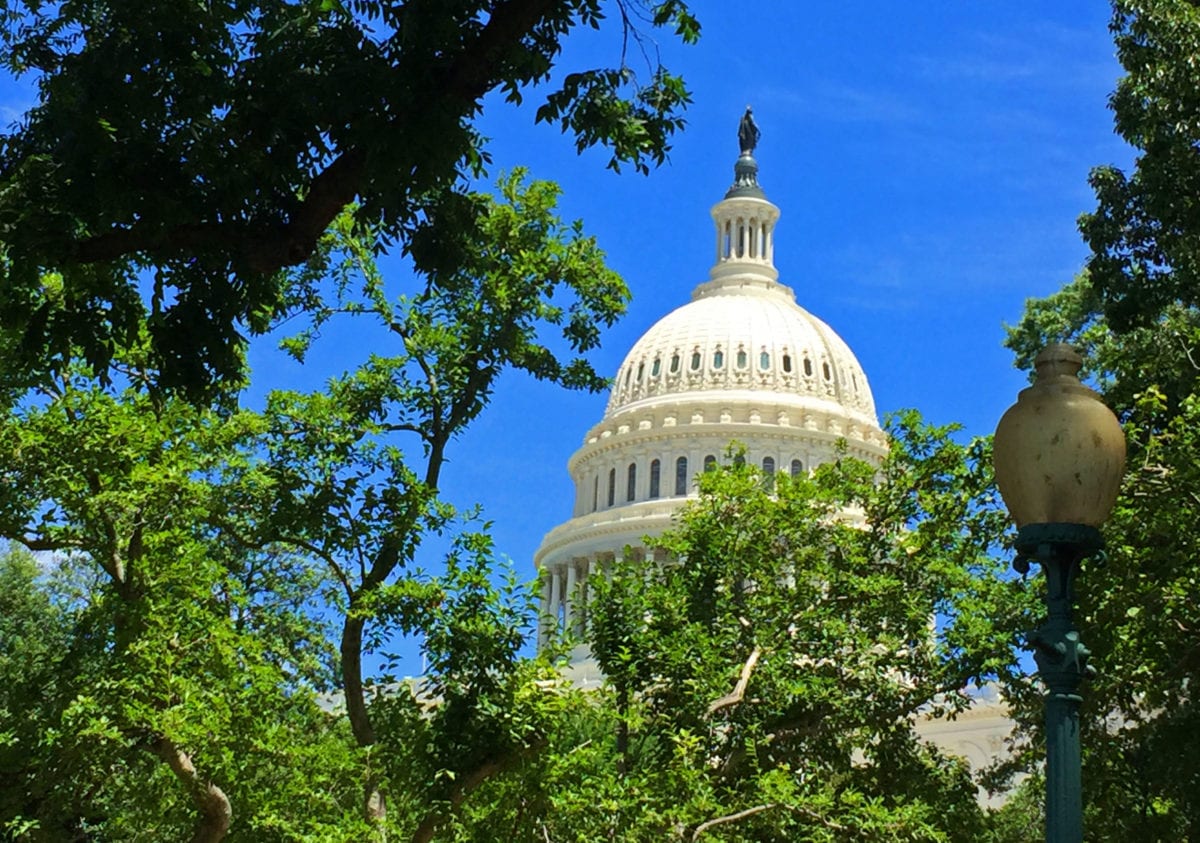
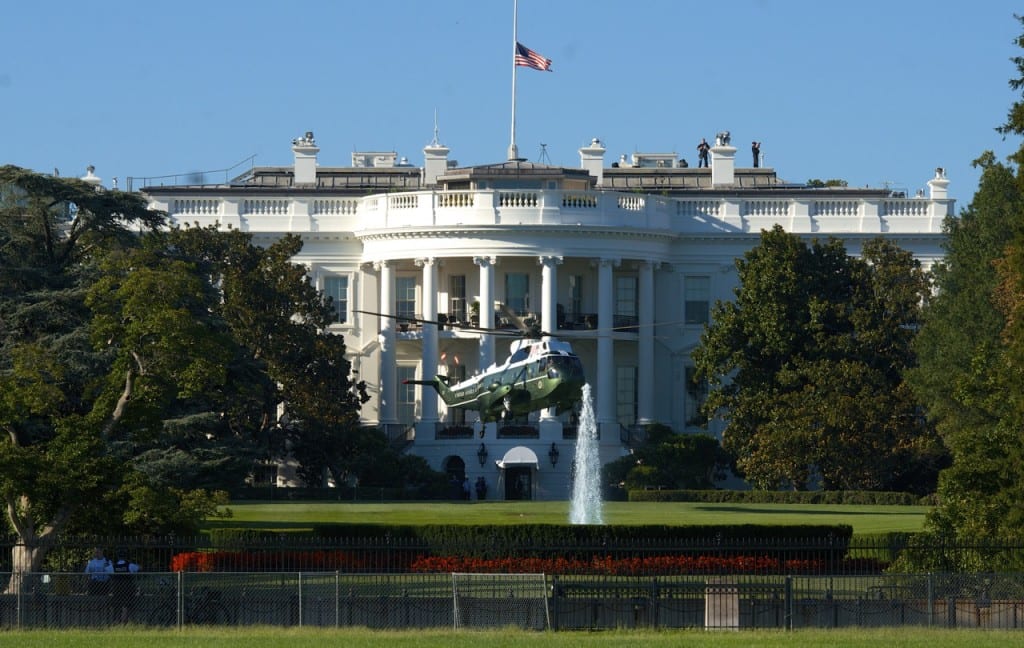


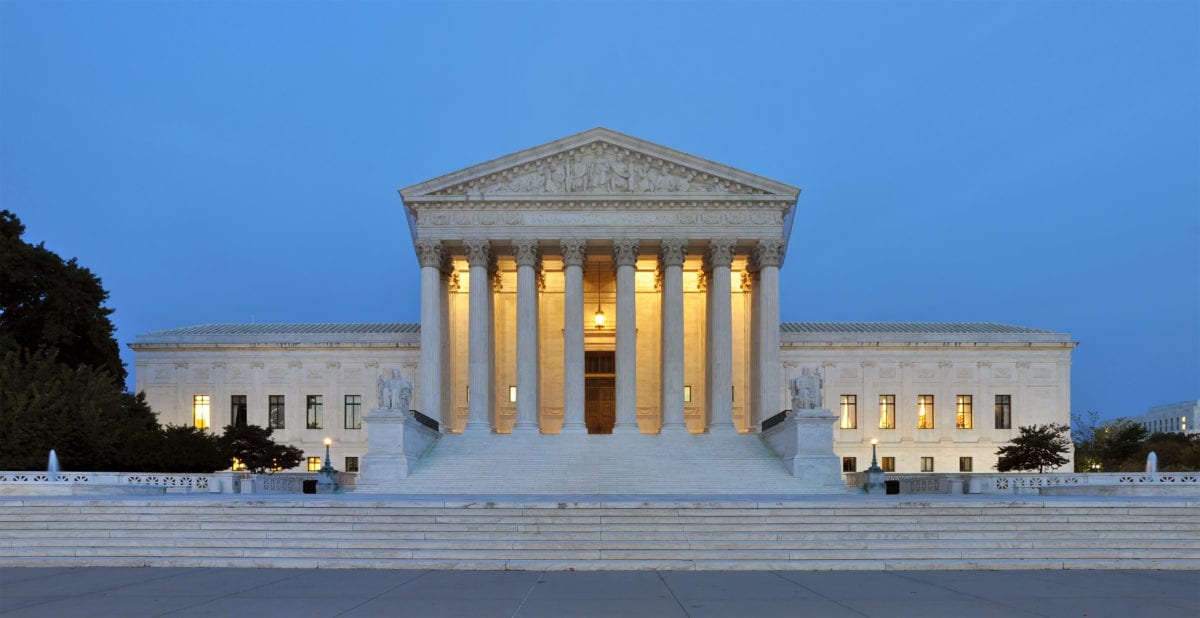



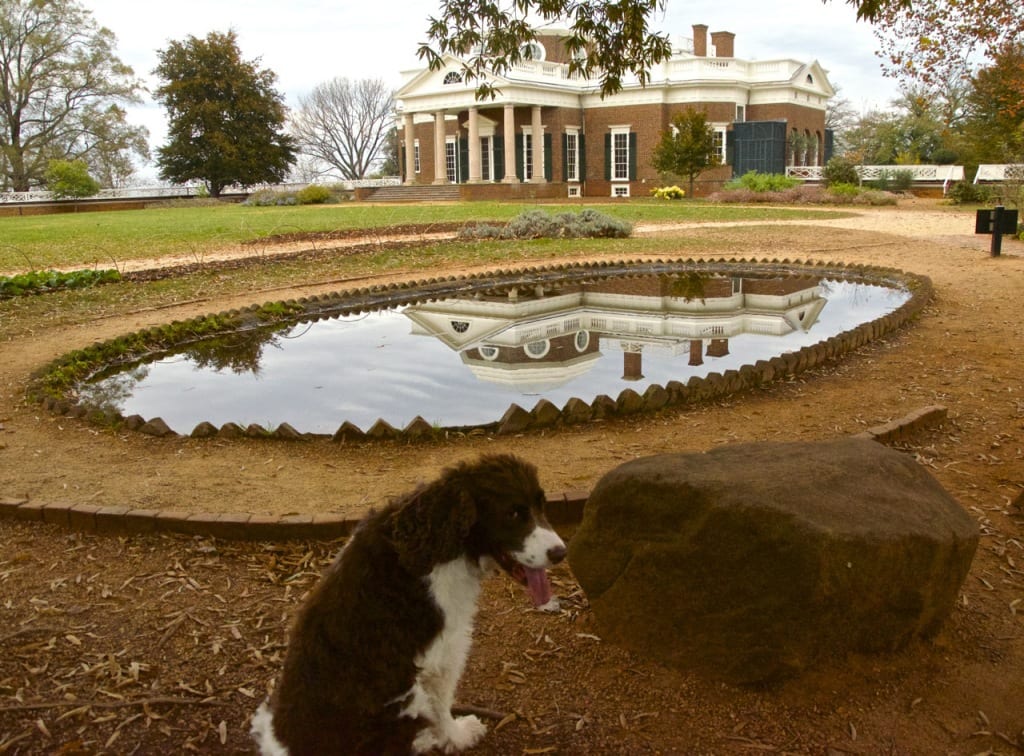














Excellent, many thanks, don’t forget to visit the White House Anti-Nuclear Lafayette Peace Park Vigil ongoing 24/7/365 for Proposition One for Global Nuclear Disarmament and Economic Conversion:
http://prop1.org